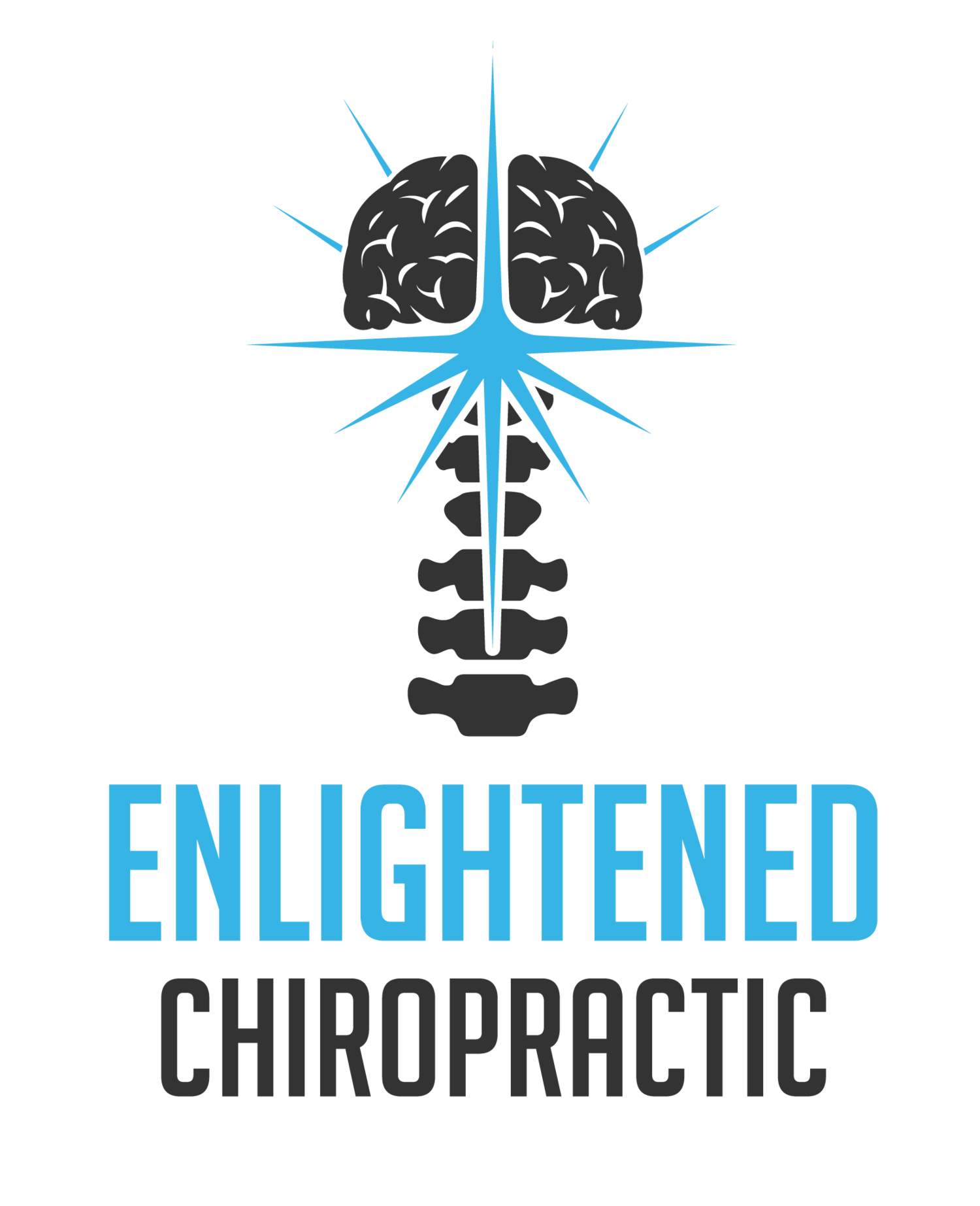Not much is known about what causes fibromyalgia, but what is known is that it is an incredibly frustrating condition that affects many people here in the US. In fact, it affects an estimated 10 million people across the country. Although it is most commonly found in women, it can affect men as well. Fibromyalgia is a condition of the central nervous system that is thought to amplify sensory input across all the body’s systems, leading to widespread and chronic pain. Fibromyalgia sufferers are no stranger to the seemingly endless bouts of pain and exhaustion that is associated with this chronic condition. But that doesn’t mean you have to take it lying down. Fight back with chiropractic care from a New Orleans chiropractor.
Symptoms of Fibromyalgia
Different people may experience different symptoms of fibromyalgia. These symptoms can range from mild and irritating to extreme and painful. Symptoms can include extreme fatigue, headaches, numbness and tingling of the arms and legs, muscle pain or stiffness, problems sleeping, mood swings, and even cognitive issues such as memory loss. Although scientists and medical professionals don’t know for sure what causes fibromyalgia, many think it may be related to repetitive injury, certain illnesses or diseases like irritable bowel syndrome or chronic migraines, or even traumatic events such as car accidents. Turning to medication to ease symptoms can seem like the simple solution, and that may work for a time. Medication can bring about some relief initially, but it is only short-term relief as medicines only act as a Band-Aid, covering up the problem instead of addressing the underlying issues. So if medications aren’t the answer, what is?
Chiropractic Care Provides Relief from Fibromyalgia
Because fibromyalgia pain stems from dysfunction within the central nervous system, neurologically-based chiropractic care is a logical solution to bring about long-term relief from fibromyalgia pain. Nerve interference is often the root cause of this central nervous system dysfunction, and this nerve interference is often found in the spine. Misalignments of the spine disrupt communication between the brain and the rest of the body, meaning that messages to and from the brain can’t be received or sent. New Orleans chiropractic care from Dr. Jeff Vitenas can address the root cause of fibromyalgia pain and correct spinal misalignments to restore proper communication and ensure the central nervous system is functioning at the highest levels possible.
What Does the Research Say?
Case studies further support regular chiropractic care for bringing about relief from chronic fibromyalgia. For instance, one case study of a 36-year-old woman who suffered from fibromyalgia pain after a car accident found that regular chiropractic care significantly decreased her pain levels. Additionally, another case study focused on a 64-year-old woman who had suffered for 6 years from fibromyalgia pain. She also had low energy levels, irregular bowel movements, and sleep apnea. After three months of chiropractic care, her fibromyalgia symptoms along with her other health conditions significantly decreased.
If fibromyalgia pain has affected your life, find hope and relief with chiropractic care. Schedule an appointment with Dr. Jeff Vitenas of Enlightened Chiropractic and take back your life today.
Sources
Bennett, C., Tedder, N. “Improvement in a Patient with Fibromyalgia Following Knee Chest Upper Cervical Specific Care: A Case Report.” Journal of Upper Cervical Chiropractic Research, 2012 March: 27-30. https://www.vertebralsubluxationresearch.com/2012/03/15/improvement-in-a-patient-with-fibromyalgia-following-knee-chest-upper-cervical-specific-care-a-case-report/.
Briggs, L. “Management of Post Traumatic Fibromyalgia in a Female Undergoing Subluxation Based Chiropractic Care for 15 Years.” Annals of Vertebral Subluxation Research, 2011 April: 9-14.
Fleming, K. & Volcheck, M. “Central Sensitization Syndrome and the Initial Evaluation of a Patient with Fibromyalgia: A Review.” Rambam Maimonides Medical Journal, 2015; 6(2): e0020. www.ncbi.nlm.nih.gov/pmc/articles/PMC4422459.




